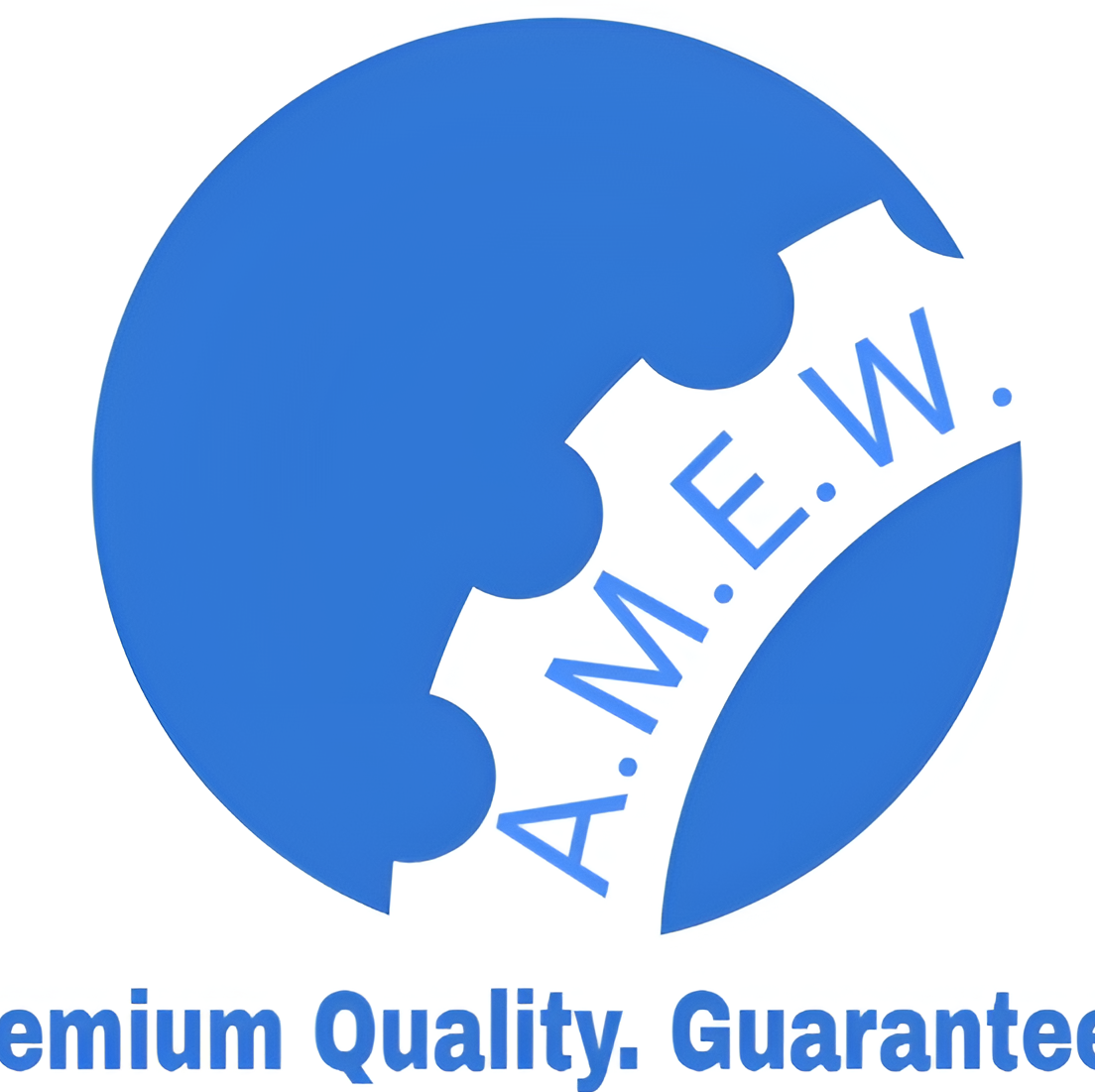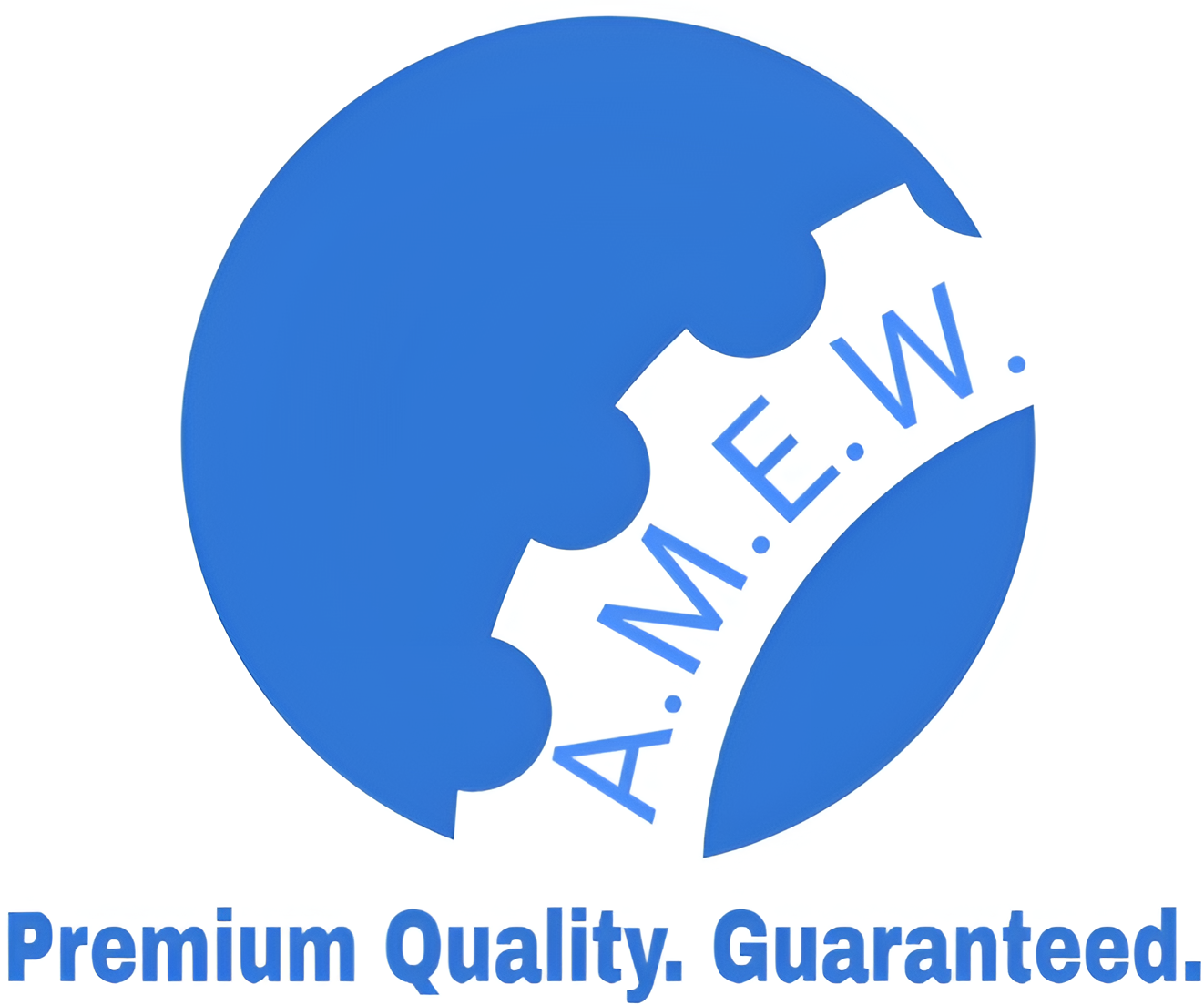SS Forged Plates: The Industrial Powerhouse for Strength and Reliability
Stainless steel forged plates, commonly called SS forged plates, may not grab headlines, but for industry professionals, engineers, and procurement managers, they represent a foundation of strength, consistency, and versatility in today’s manufacturing and construction landscapes. This post explores what sets SS forged plates apart, how they’re made, where they’re used, and the tangible benefits they deliver across diverse industries.
Understanding SS Forged Plates
What Are SS Forged Plates?
SS forged plates are thick, durable metal slabs produced through the process of forging stainless steel under high pressure and temperature. Forging delivers a grain structure that enhances the metal’s mechanical properties, making these plates exceptionally tough and reliable. The end result is a product known for its superior strength, tight dimensional tolerances, and resistance to corrosion.
Key Uses and Benefits
Across sectors like oil and gas, chemical processing, construction, shipbuilding, and food processing, SS forged plates fulfill the need for materials that can endure harsh environments without sacrificing longevity or reliability. Some of their standout features include:
- High strength due to the forging process.
- Exceptional corrosion resistance, especially important for processing aggressive chemicals or saltwater.
- Uniformity in microstructure, delivering predictable performance under mechanical or thermal stress.
- Versatility in custom sizing and thickness.
The Manufacturing Process of SS Forged Plates
To appreciate the immense benefits of SS forged plates, it helps to understand their robust manufacturing process.
Step 1: Raw Material Selection
It starts with selecting high-grade stainless steel alloys such as 304, 316, or duplex variants, based on the required application. The right alloy ensures the plate will have the desired mechanical, chemical, and physical properties.
Step 2: Heating
The selected stainless steel is cut into billets or ingots, then heated to forging temperatures, often between 2100°F and 2300°F (1150°C – 1260°C). This heating makes the metal more malleable without compromising integrity.
Step 3: Forging
Hydraulic presses or mechanical hammers subject the hot metal to extreme pressure, shaping it into flat plates while refining its grain structure. This step enhances toughness, eliminates internal voids, and aligns the steel’s grain with the plate’s dimensions for optimal strength.
Step 4: Cooling and Heat Treatment
Once forged, the plates go through controlled cooling (annealing) to relieve internal stresses and achieve optimum hardness and ductility. Additional heat treatments might be applied depending on the alloy and end-use.
Step 5: Surface Finishing
Grinding, shot blasting, or pickling removes surface imperfections and scale, achieving the desired finish. Plates may undergo ultrasonic testing or other inspections to ensure there are no cracks or hidden defects.
Step 6: Cutting and Shaping
Plates can be custom-cut with laser, plasma, or water-jet methods to precise dimensions, ensuring they fit the final application perfectly.
Quality Testing
Rigorous quality checks, including mechanical property tests (such as tensile, impact, and hardness tests), metallographic analysis, and non-destructive testing, confirm that the plates meet stringent industry standards.
Applications Across Key Industries
Versatility is at the core of SS forged plates. Here’s where their use is critical:
Oil & Gas Industry
SS forged plates are essential for manufacturing pressure vessels, heat exchangers, flanges, and structural supports that must withstand extreme stress and corrosive environments. Their resistance to sour gas, chlorides, and high-pressure operations make them invaluable in offshore platforms and refineries.
Chemical Processing
Processing units for acids, caustics, and solvents demand equipment that can resist both corrosion and constant temperature changes. Forged plates, particularly in grades like 316 or duplex stainless, are the material of choice for tanks, reactors, and piping components.
Construction & Infrastructure
Used as structural elements, support plates, and connectors, SS forged plates deliver reliability for bridges, skyscrapers, and critical infrastructure. They combat fatigue and weathering, especially in waterfront or corrosive urban environments.
Marine & Shipbuilding
Saltwater is notoriously unforgiving, but SS forged plates provide hull plating, decks, hatches, and fittings that can handle repeated exposure without pitting or failure.
Food & Beverage Processing
Here cleanliness and non-reactivity are crucial. Forged stainless plates ensure hygienic surfaces for processing lines, cookers, storage tanks, and more.
Power Generation
Turbine components, boiler parts, and containment units benefit from forged plates’ ability to handle heat and pressure, extending equipment life cycles and improving safety.
Why Choose SS Forged Plates? The Core Benefits
Engineering, procurement, and operations managers choose SS forged plates for several compelling reasons:
Superior Mechanical Strength
For critical applications, forged plates outperform cast or rolled alternatives thanks to granular alignment, which optimizes load-bearing and minimizes failure risks. This translates to safer, more reliable operations and lower long-term maintenance costs.
Enhanced Corrosion Resistance
Whether it’s marine environments or chemical-rich atmospheres, the right stainless alloy and forging process result in plates that keep corrosion at bay far longer than standard steel.
Uniformity and Predictability
Forged plates exhibit granular consistency and fewer internal defects. This uniformity means products perform as expected under stress, temperature change, or pressure extremes.
Cost Effectiveness Over Time
While the upfront investment may be higher than standard plate options, the extended service life and reduced need for repairs/replacement deliver lasting value. Lower life-cycle costs directly impact the bottom line, especially for high-stakes projects.
Customization and Versatility
Manufacturers can produce forged plates in a variety of thicknesses, sizes, and surface finishes, allowing organizations to tailor components to specific projects or equipment.
Looking Ahead: The Future of SS Forged Plates in Industry
With increasing standards for quality, safety, and sustainability, the demand for advanced materials like SS forged plates is set to rise. Emerging manufacturing techniques, such as precision forging and improved heat treatments, promise even greater reliability and efficiency. Expect to see higher adoption rates in sectors pivoting toward green tech, such as renewable energy and water infrastructure, where durability and corrosion resistance are vital.
For industry professionals and procurement managers seeking materials that balance performance, safety, and cost, SS forged plates are poised to remain a premier choice for critical applications.

